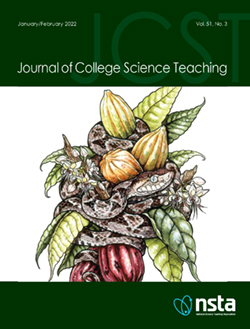Sponsored Archive: The Power of High Quality Instructional Materials in Middle School, May 12, 2022
It is complex work to create developmentally appropriate learning sequences that meet the NGSS’ expectations for phenomena-based storylines that address all three dimensions! Research-based and field-tested instructional materials allow teachers to focus on implementation and adaptation rather than on designing sequences and materials. Experience a deep dive into HQIM with Amplify Science with the program authors and see why their research-based novel approaches can lead to deeper learning.
It is complex work to create developmentally appropriate learning sequences that meet the NGSS’ expectations for phenomena-based storylines that address all three dimensions! Research-based and field-tested instructional materials allow teachers to focus on implementation and adaptation rather than on designing sequences and materials. Experience a deep dive into HQIM with Amplify Science with the program authors and see why their research-based novel approaches can lead to deeper learning.
It is complex work to create developmentally appropriate learning sequences that meet the NGSS’ expectations for phenomena-based storylines that address all three dimensions! Research-based and field-tested instructional materials allow teachers to focus on implementation and adaptation rather than on designing sequences and materials. Experience a deep dive into HQIM with Amplify Science with the program authors and see why their research-based novel approaches can lead to deeper learning.
It is complex work to create developmentally appropriate learning sequences that meet the NGSS’ expectations for phenomena-based storylines that address all three dimensions! Research-based and field-tested instructional materials allow teachers to focus on implementation and adaptation rather than on designing sequences and materials. Experience a deep dive into HQIM with Amplify Science with the program authors and see why their research-based novel approaches can lead to deeper learning.






